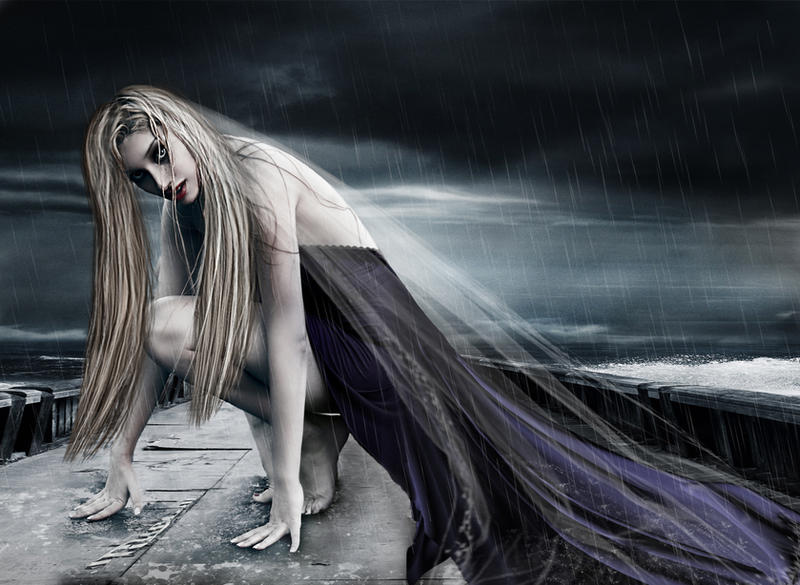‘No More Beauty Just the Beast’ is a six stanza poem. It consists of four lines in each stanza with different meters and rhyming sequence.
The first and fourth stanzas have succeeding rhyming order - the first with the second line and the third with the fourth line. Lines one and three in the first and fourth stanzas have six syllables; lines two and four have seven.
The second and fifth stanzas have the same meter patterns as the first and fourth stanzas. However, the rhyming sequence is in an alternating order - the first with the third line and the second to the fourth line.
Finally, the third and the last stanzas consist of seven syllables with alternating rhyme series.
The first and fourth stanzas have succeeding rhyming order - the first with the second line and the third with the fourth line. Lines one and three in the first and fourth stanzas have six syllables; lines two and four have seven.
The second and fifth stanzas have the same meter patterns as the first and fourth stanzas. However, the rhyming sequence is in an alternating order - the first with the third line and the second to the fourth line.
Finally, the third and the last stanzas consist of seven syllables with alternating rhyme series.
The fairy tale Beauty and the Beast may have something to do with the title of the poem, ‘No More Beauty Just the Beast’ and indeed there is. In the fairy tale, the lady – Beauty, reflects herself by her very name as a kind, caring and as a lovely maiden from inside and out. The prince or Beast on the other hand, is exposed as a literal monster. Fortunately, as most people know the ending of the tale, Beast broke his own curse by falling in love with Beauty.
The characters in the story weren’t the inspiration of the author (me) though. It was actually the thought of a mortal man without beauty. As beauty can be represented by kindness and beast as evilness, what can drive a person to lose beauty?
Plato, a Greek philosopher has quoted that, ‘To prefer evil to good is not in human nature; and when a man is compelled to choose one of two evils, no one will choose the greater when he might have the less.’
Man by nature is good. However, man also possess some evil within him. Man survives along with his group because of his wise choice and his will power to hold off the wickedness within him. As Plato has cited, man chooses evil if he is only driven to.
‘No More Beauty Just the Beast’ is simply expressing that every person – no matter how nice he is has certain limitations. No more beauty just the beast is just another phrase for ‘no more mister nice guy!’
The characters in the story weren’t the inspiration of the author (me) though. It was actually the thought of a mortal man without beauty. As beauty can be represented by kindness and beast as evilness, what can drive a person to lose beauty?
Plato, a Greek philosopher has quoted that, ‘To prefer evil to good is not in human nature; and when a man is compelled to choose one of two evils, no one will choose the greater when he might have the less.’
Man by nature is good. However, man also possess some evil within him. Man survives along with his group because of his wise choice and his will power to hold off the wickedness within him. As Plato has cited, man chooses evil if he is only driven to.
‘No More Beauty Just the Beast’ is simply expressing that every person – no matter how nice he is has certain limitations. No more beauty just the beast is just another phrase for ‘no more mister nice guy!’

